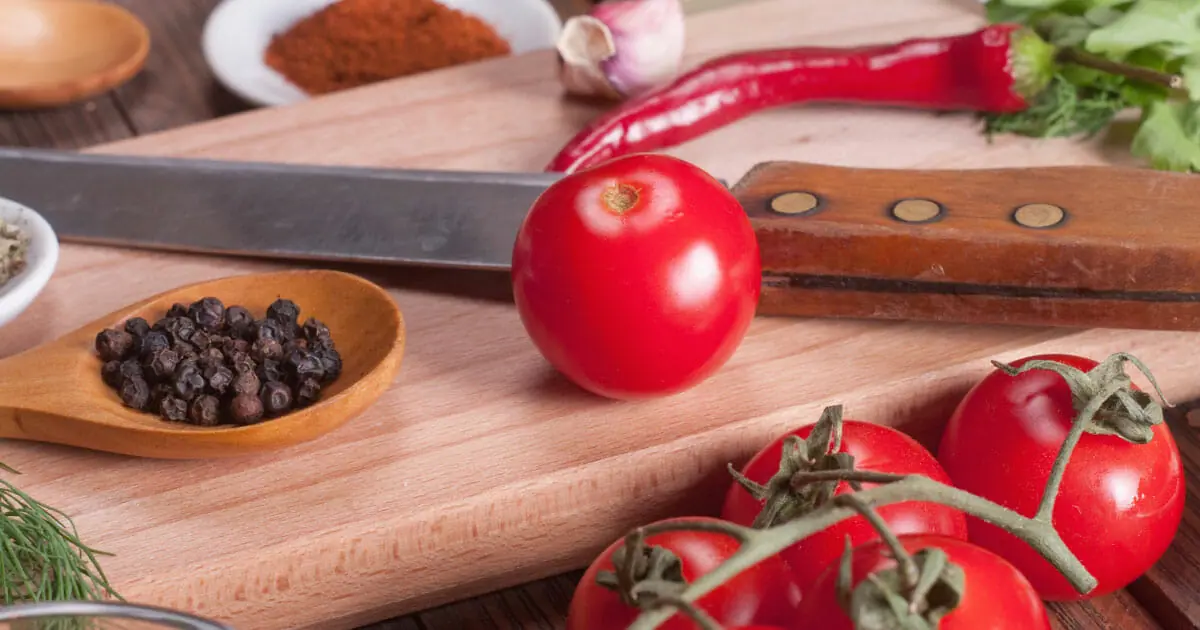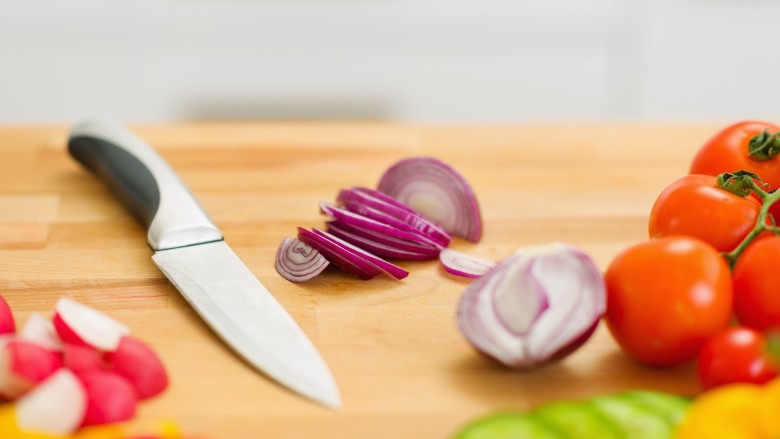Choosing the right cutting board for your kitchen can have a tremendous impact on your cooking efficiency and hygiene standards. A common question asked by many kitchen professionals is, ‘why would you use a red cutting board’? Color-coding in cutting boards is not merely for aesthetic appeal but serves a critical role in food safety.

The Role of Cutting Boards in Food Safety
In professional kitchens, using different colored cutting boards is a standard practice that helps prevent cross-contamination. Cross-contamination occurs when bacteria or allergens are transferred from one food item to another, potentially leading to foodborne illnesses. The use of color-coded cutting boards helps maintain a higher standard of hygiene.

Why Choose a Red Cutting Board?
What Does Red Represent?
Red cutting boards are typically designated for raw meat. The color red is associated with raw meat to make it easier for kitchen staff to quickly identify the correct board, preventing the contamination of other food items.
Industry Standards and Guidelines
The National Sanitation Foundation (NSF) and other health authorities recommend using color-coded cutting boards. Following these guidelines helps ensure that your kitchen adheres to food safety regulations.

The Benefits of Color-Coded Cutting Boards
Improved Food Safety
By designating specific colors for certain food types, you drastically reduce the risk of cross-contamination. For instance, using a red cutting board exclusively for raw meat ensures that bacteria from raw meat do not contaminate vegetables or cooked foods.
Enhanced Efficiency
Color-coded cutting boards streamline kitchen operations. When staff members can easily identify the correct board, it speeds up the food preparation process and reduces confusion.
Practical Uses in the Kitchen
Professional Kitchens
In professional kitchens, adhering to strict hygiene standards is non-negotiable. Using a red cutting board for raw meat is part of this practice. It assures customers that the kitchen is committed to maintaining the highest standards of food safety.
Home Kitchens
Even in home kitchens, adopting the practice of color-coded cutting boards can make a tremendous difference. It offers peace of mind, knowing you’re taking extra steps to ensure your family’s health.
Proper Maintenance of Your Red Cutting Board
Cleaning and Sanitizing
It’s essential to clean and sanitize your red cutting board properly to prolong its life and maintain its effectiveness. After each use, wash it with hot, soapy water. Periodically, sanitize it using a solution of one-part white vinegar to four parts water.
Storage Tips
Store your cutting boards in a dry, well-ventilated area to prevent the growth of mold and bacteria. Keeping them in an upright position allows for better air circulation.
Alternative Uses of Different Colored Cutting Boards
Yellow – Poultry
Yellow cutting boards are typically used for raw poultry. This keeps potential contaminants from poultry separate from other foods.
Green – Fruits and Vegetables
A green cutting board is designated for fruits and vegetables, minimizing the risk of transferring bacteria from meat to produce.
Blue – Seafood
Blue cutting boards are used for seafood to avoid any allergen contamination.
Common Myths about Color-Coded Cutting Boards
It’s Only for Restaurants
Some people believe that color-coded cutting boards are only necessary for professional kitchens, but they are beneficial in home kitchens as well. Adopting this practice can help maintain food safety at home.
They are Expensive
While high-quality cutting boards can be a bit pricier, the cost is justified given the added safety and efficiency they bring.
FAQ on Red Cutting Boards
-
What foods should I cut on a red cutting board?
Red cutting boards should be used exclusively for raw meat to avoid cross-contamination.
-
Can I use a red cutting board for cooked meat?
No, it’s best to use separate boards for raw and cooked meat.
-
How often should I sanitize my red cutting board?
Sanitize your board after each use to maintain proper hygiene.
For more information on maintaining cutting boards, visit this guide.
As an Amazon Associate, I earn from qualifying purchases.
As an Amazon Associate, I earn from qualifying purchases.


